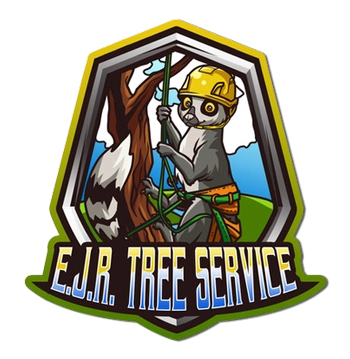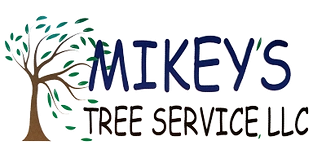How To Choose the Right Spring Hill Tree Service
Factors like services and licensing are important to consider when choosing a tree removal company. We highlight several key factors below.
Vet the Company's Qualifications
Insurance is important for protecting both tree removal customers and workers. These policies may include professional liability, workers' compensation, or general liability insurance. Make sure that the policy specifically mentions tree work coverage; otherwise, you may be liable for damage or injury that occurs on your property. Tree removal has no mandatory national certifications, but a company may have a certified arborist on staff to complete inspections. Having an arborist isn't required, but it does provide added benefits. Arborists are certified by the International Society of Arboriculture (ISA). They learn proper preservation, care, and maintenance techniques to protect tree health.
Get Quotes From Multiple Companies
You should request quotes from multiple companies to determine the best deal. This lets you compare aspects of each quote like the included services, service fees, and timelines.
Confirm the Company Performs Residential Tree Services
Verify that your tree removal company provides residential services. Residential tree service companies primarily service private homeowner properties. They have fewer restrictions than commercial companies, which work on commercial properties and therefore must obey certain local ordinances.
Request a Tree Risk Assessment
A tree risk assessment (TRA) assesses for tree failure. Your tree removal professional will visually inspect a tree and its branches to determine the risk of breakage. A TRA helps minimize the risk of damage to your property or harm to workers. Talk to your tree removal service provider and make sure a TRA is completed before beginning work. Certified arborists typically perform these assessments. Some companies include TRAs with services, while others charge an extra fee.
Ask About Stump Removal
Many tree removal companies can also handle stump removal, either with specialized equipment or by hand. This is important because unattended stumps will decay and attract pests and disease. Ask whether your tree removal company includes stump removal with its services. It typically costs from $57 to $420, with the typical Spring Hill homeowner paying roughly $267.
How Much Does It Cost To Remove A Tree?
You can expect to pay an average of $535 for tree removal services. Costs can range between $260-$1,146 and are influenced by factors such as tree size and type, project size, and tree health. You may pay per acre instead of per tree if multiple trees need to be removed. You'll pay more if a tree has a high failure risk or requires additional labor, safety precautions, or equipment. You can expect to pay around $1,375 for emergency tree removal.
Ready to Get a Quote on Your Tree Project?
Please enter a valid 5-digit zip code!
Frequently Asked Questions About Tree Removal in Spring Hill
What are some common tree issues?
How are tree pruning and tree trimming different?
What are some signs that a tree is dangerous?
Do I need to hire a professional for tree removal?
Is it safe to leave a downed tree on my lawn?
To share feedback or ask a question about this article, send a note to our Reviews Team at reviewsteam@thisoldhousereviews.com.













